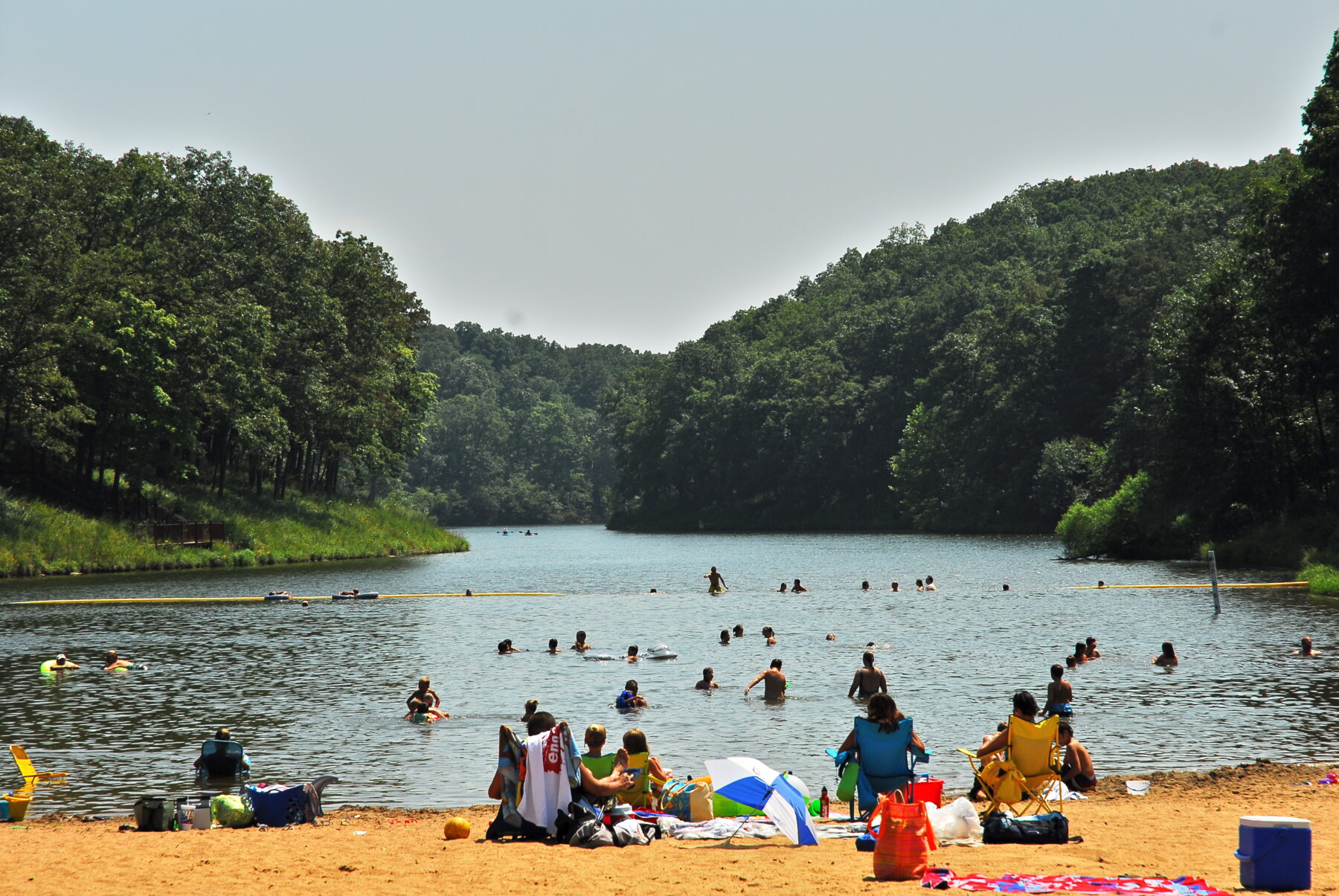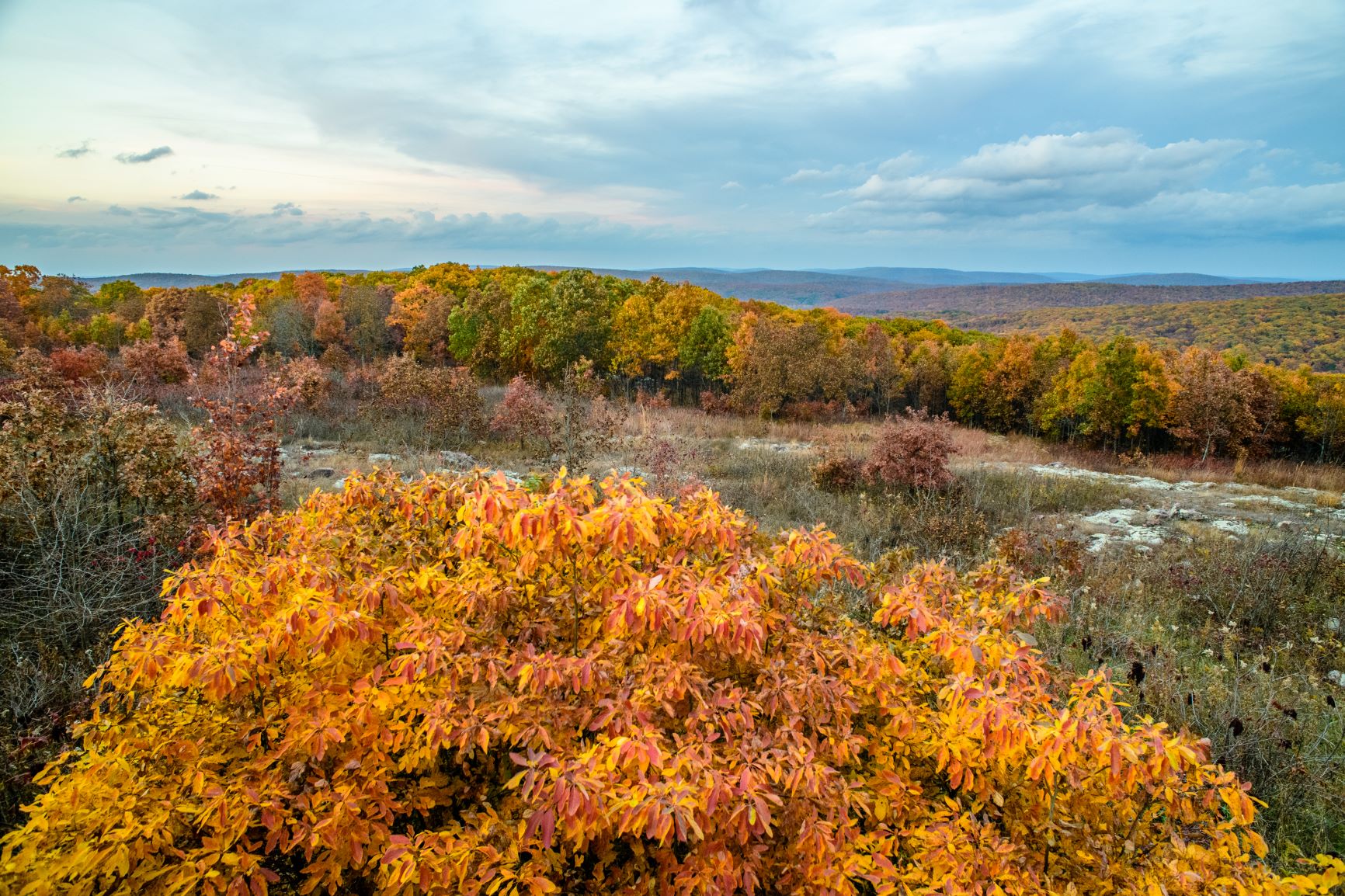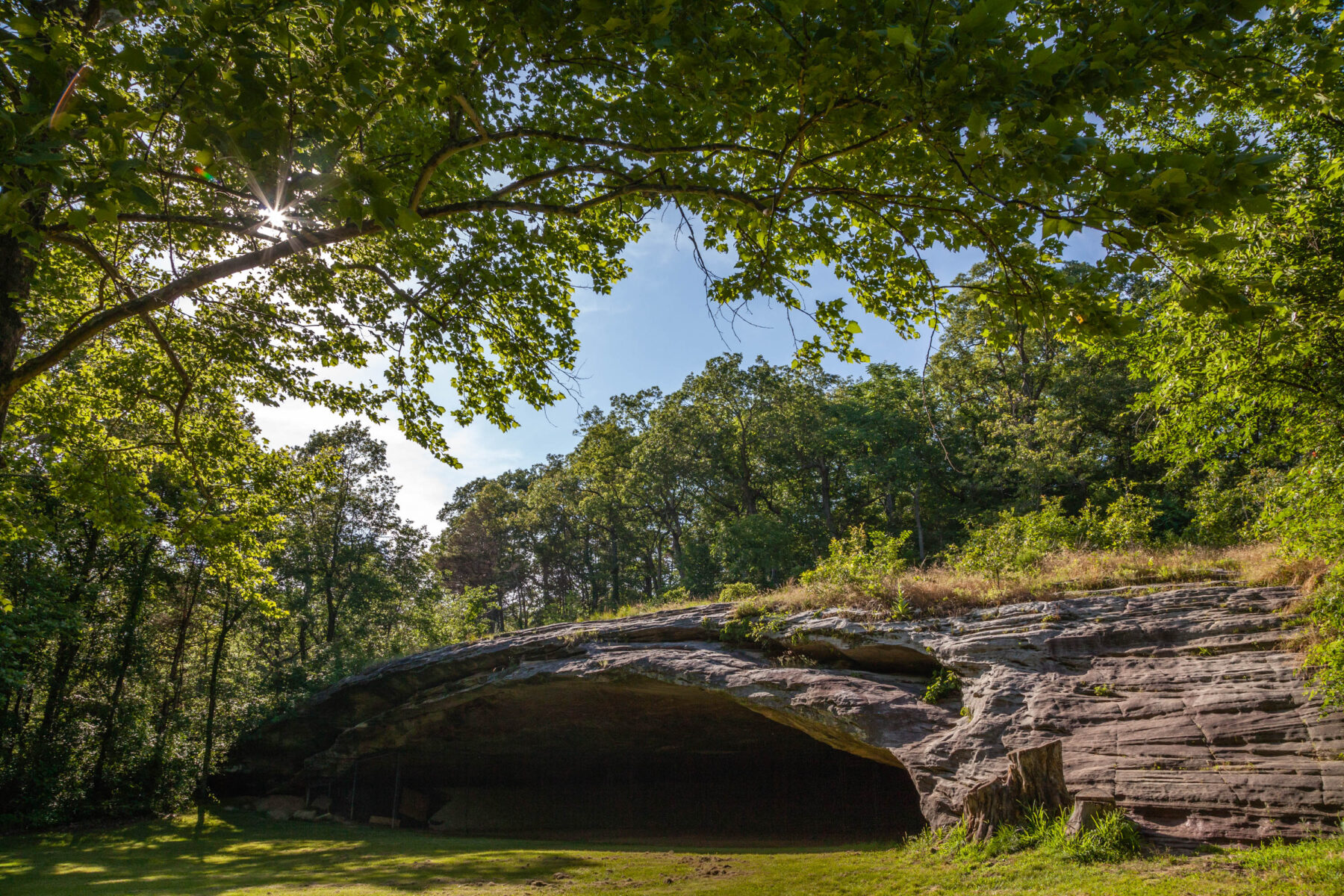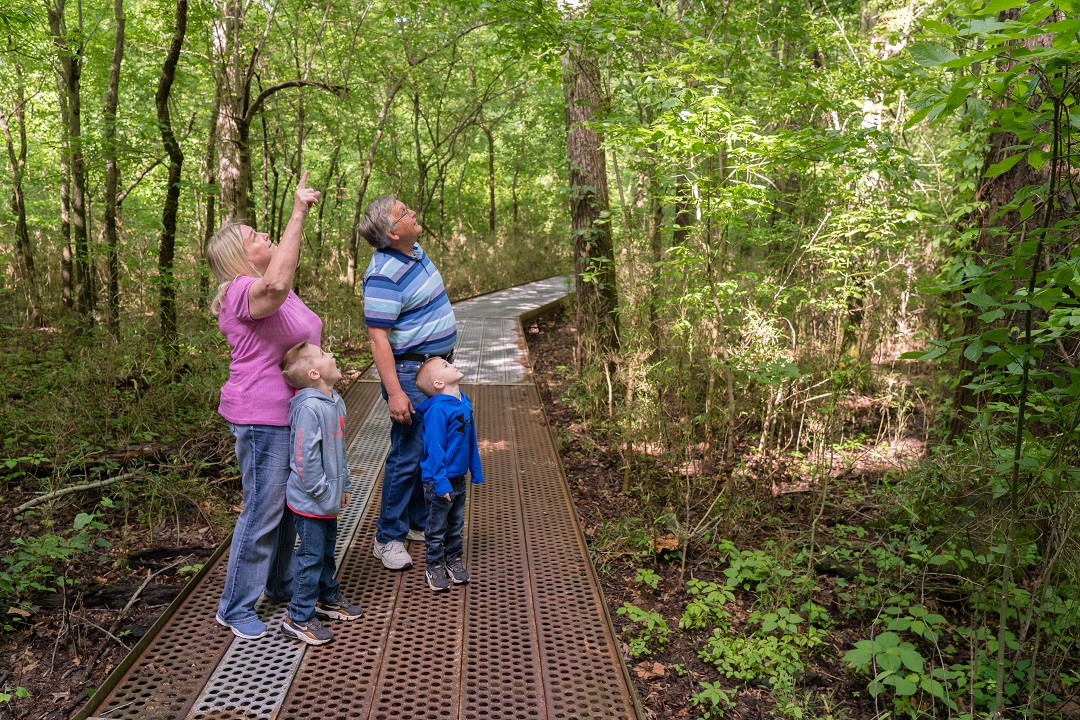Missouri has more than 50 state parks, and most people can easily rattle off their favorites. Castlewood, Meramec, Onondaga Cave, and Johnson Shut-Ins are some of the most popular parks in our part of the state. They are also the most crowded.
To ease crowding and open the public to other possibilities, Mike Sutherland wants people to check out some of the lesser known but equally cool and interesting parks in our neck of the woods. As former director of Missouri State Parks, and now deputy director of the Missouri Department of Natural Resources, Sutherland is about as reliable a source as any on this topic.
“Some state parks are so popular right now, so you really have to plan ahead,” Sutherland said. “If you want to camp, you should go online to make sure there’s availability.”
He says that branching out a bit and experiencing the beauty of less-visited locations would not only free up congestion at the busy sites, but also allow people to discover new favorites.
If you want to avoid crowds or have an experience that’s more secluded, take Sutherland’s advice and check out the less-known locales. And by the way, there’s no reason to think you’ll has a “less than” experience just because a park has fewer visitors.
“State parks and historic sites are the best representations of nature and history that we have. There’s something special about each one. They’re not just randomly chosen — there’s always a unique feature,” he said.
Something else unique: Missouri is one of the few states nationwide with no park entrance fees. And the camping fees are reasonable — varying slightly by park but generally around $8 to $12 per night.
In a recent interview, Sutherland ran through a list of state parks that deserve our attention.
Big Oak Tree State Park – True to its name, this park in a marshy area of southeast Missouri boasts some of the largest oak and hickory trees in the state. A walk on the elevated boardwalk allows you to traverse the cypress swamp while keeping your feet dry. Wildlife is abundant in this untouched landscape that has remained the same for many centuries. Located off 1-55 near East Prairie, the park makes a perfect day trip or side trip picnic on your way to Arkansas or Memphis. Two loop trails offer short hikes. No camping services.
Cuivre River State Park – Near Troy, this is one of the largest state parks in Missouri and offers numerous backpacking and hiking trails, a lake for paddling, and a couple of campground areas. Magnificent hardwood forests add to the natural beauty of the area. Bonus: It’s an easy drive from St. Louis.

Cuivre River State Park.
Mark Twain State Park – With its huge lake, boat ramps, limestone bluffs, and challenging trails, you won’t run out of things to do at this park. A disc golf course was recently added (the first ever at a Missouri state park), and the cabin where Samuel Clemens was born is just down the road at the Mark Twain State Historic Site. Reservations for cabin and tent camping are usually readily available at this pristine park that’s about a two-hour drive northeast of St. Louis. Bald eagles often spend the winter here.
Robertsville State Park – South of St. Louis, near Union, this small-ish park on the Meramec River gets overlooked due to the popularity of nearby Meramec State Park. Great for a quick camping trip because it’s an easy drive. Bring your own boat/kayak/canoe or hiking shoes and immerse yourself in nature in no time.
Wakonda State Park – A little north of Hannibal, you’ll find a unique landscape of small lakes created as a result of many decades of gravel mining. The super-clear water attracts anglers and a large variety of migratory bird species. Swimmers love the natural sand beach, which is the largest in the park system and perfect for volleyball, building sandcastles, and just grabbing sun. Kayaks and johnboats are available for rent, or bring your own boat (motors must be operated at idle speed). Finish the day with a campout overlooking Lake Wakonda.

Taum Sauk Mountain State Park.
Taum Sauk Mountain State Park – Want to avoid the RV crowd when you camp? Pitch a tent at the primitive campground at Taum Sauk. The park has only 12 campsites, but it’s rarely full because most visitors to the area stay at the nearby and extremely busy Johnson’s Shut-Ins. Experience some of the best hiking in Missouri at Minnesauk Falls, then hike on back to your campsite for some R&R.
Trail of Tears State Park – Near Cape Girardeau, this park offers sweeping views of the Mississippi River, shaded picnic sites, hiking and horse trails, and fishing on both the river and Lake Boutin. Campsites range from primitive to RV hookup. The visitor center memorializes the sad time in our nation’s history when Cherokee Indian groups were forced to relocate, marching westward along a trail that still cuts through the park.
Graham Cave State Park – Off I-70, west of the Hermann exit, is a peaceful park on the Loutre River with numerous trails, a boat ramp, and a campground. The namesake cave was a respite for indigenous people 8,000 to 10,000 years ago, and interpretive exhibits showcase the natural and cultural assets of the area. A great place to stop and stretch your legs. Spend an hour, or spend the night.

Graham Cave State Park.
Thousand Hills State Park – Looking for a less rugged camping experience? Rent a cabin, dine at the lodge, and enjoy water sports and walking and hiking trails at this park near Kirksville. Forest Lake has a nice swimming beach and a marina to rent boats. Traditional campsites and RV sites are available, too. Don’t miss the petroglyphs (ancient rock carvings) left by Native Americans who lived in the area 1,500 years ago.
Washington State Park – Featuring the largest grouping of petroglyphs in Missouri, this Native American historical area offers hiking, camping, cabins, and fun on the Big River (check in for float trips at the park lodge). Also cool are the 1930’s era buildings constructed by African American stonemasons for the Civilian Conservation Corps. Not far from DeSoto, making it an easy drive.
To learn more, go to mostateparks.com and click “Find Your Park”. The map feature on the site can be a bit wonky; it may be easier to just Google the park for driving directions.
Not sure which park to choose?
“Go to a place you’ve never heard of, and chances are you’ll have a great experience,” Sutherland said.
Author Terri Waters is a regular contributor to Terrain Magazine.
Images: Courtesy of Missouri Department of Natural Resources; top image from Big Oak Tree State Park.


Are there any state parks on the other side of Missouri? Does the Kansas City area have any good trails? Every time an article like this comes out it only shows areas around St. Louis.
Emily, I agree with you! It always seems like the St . Louis area always get the spotlight. The sad news is they have waaaaay more parks than the Kansas City. It would still be nice to have an article for each section of the state, After all, the park department itself pis separated into 3 different regional areas and governed by each area’s supervisor.